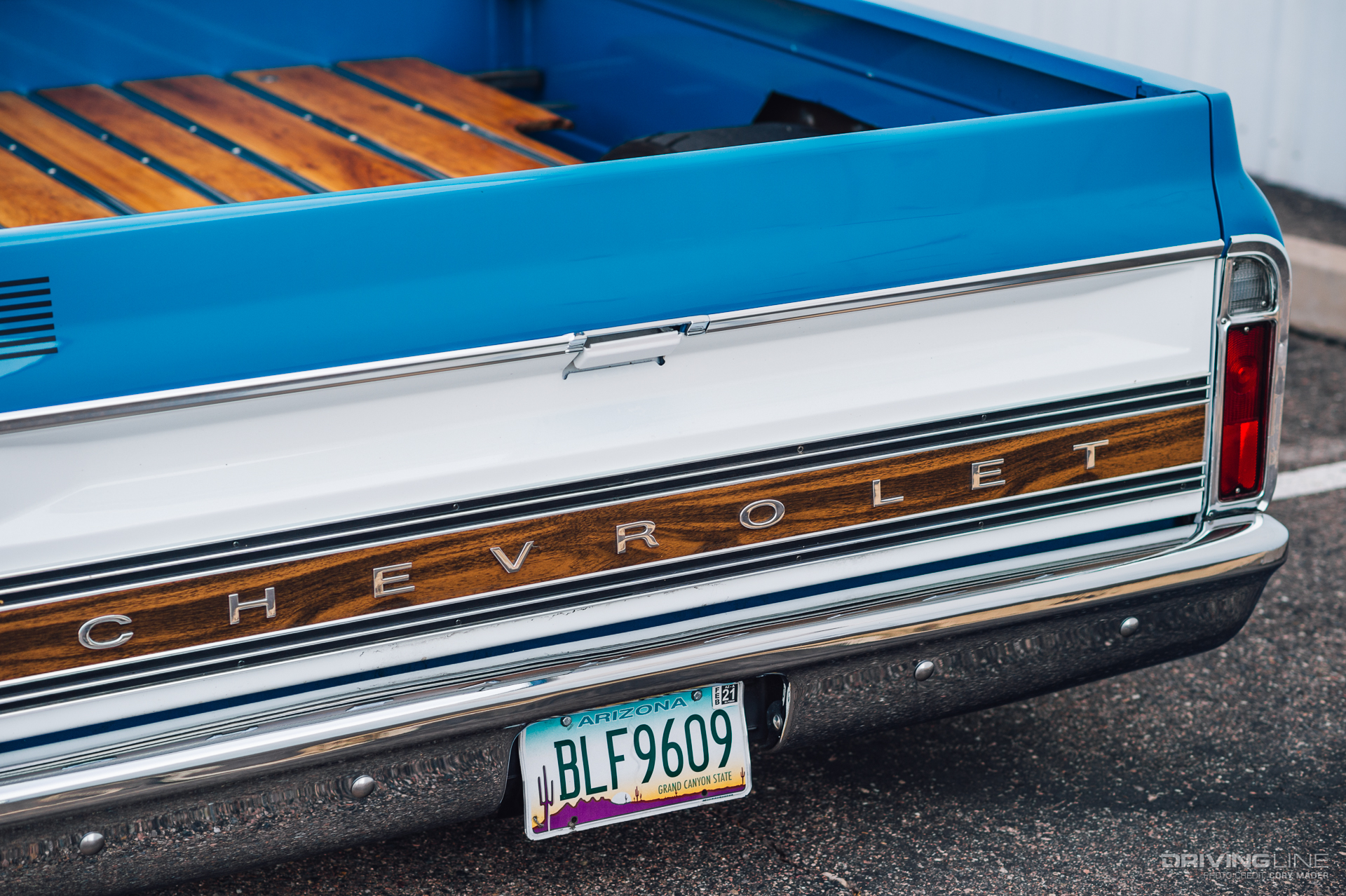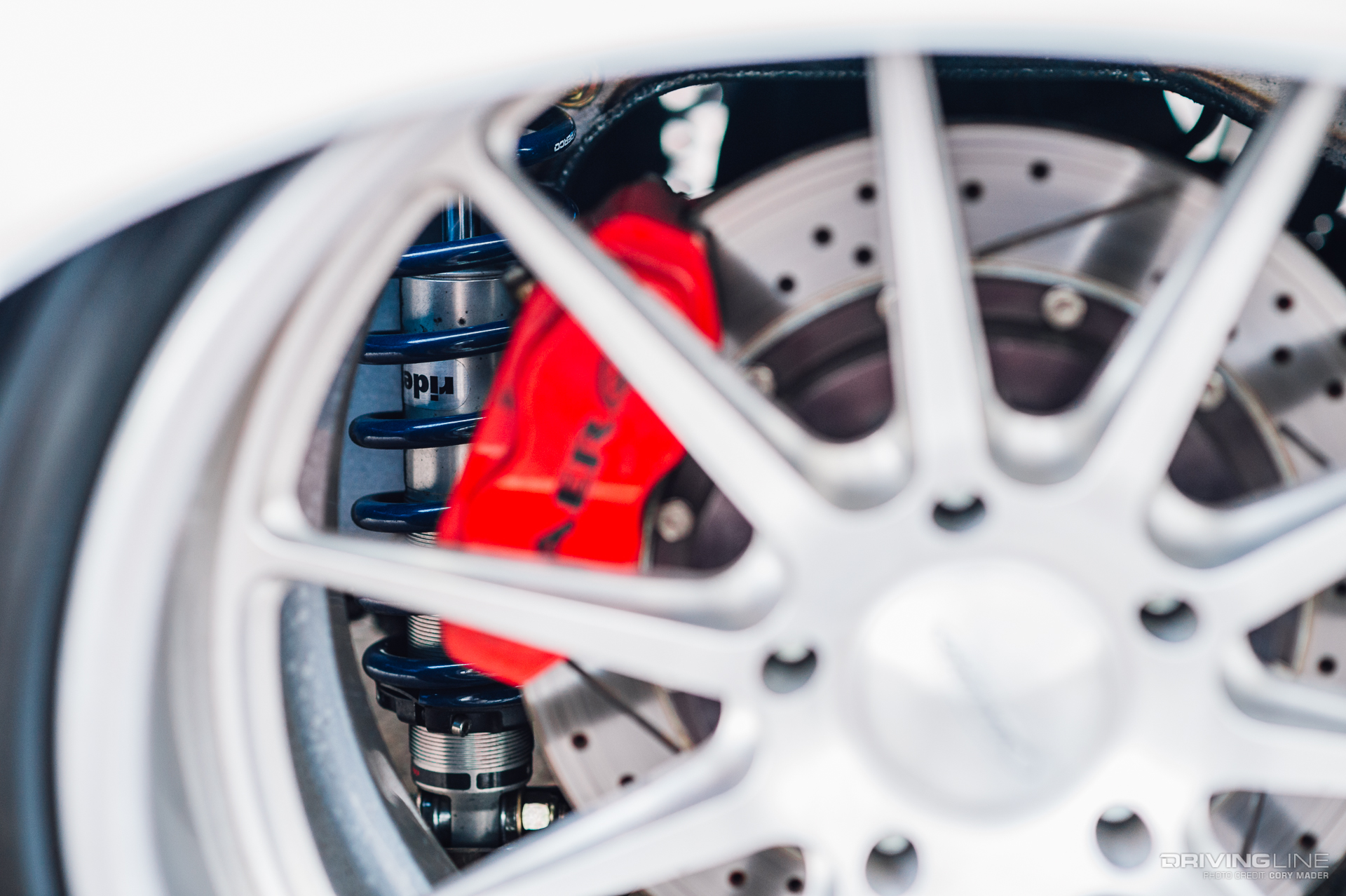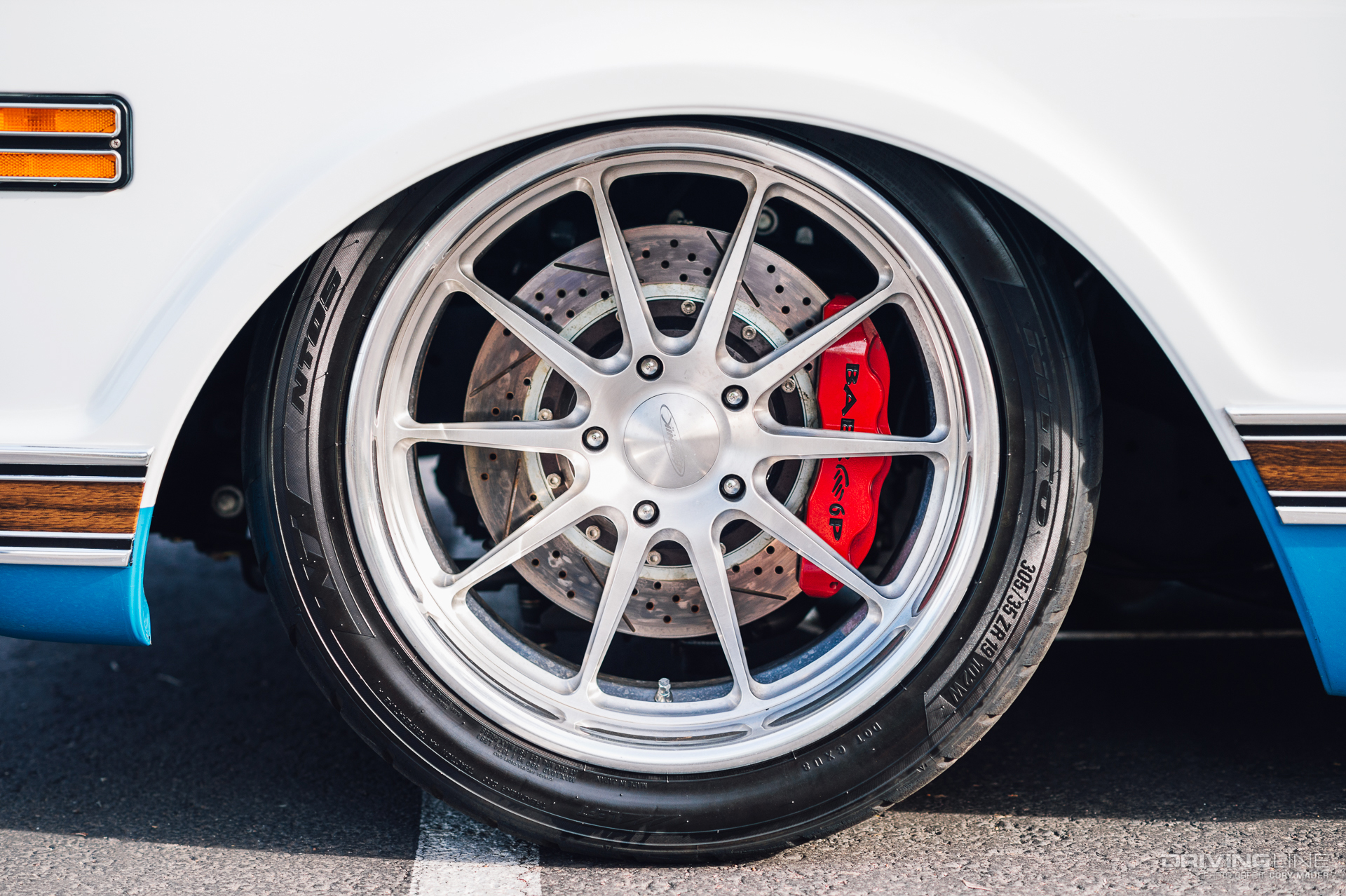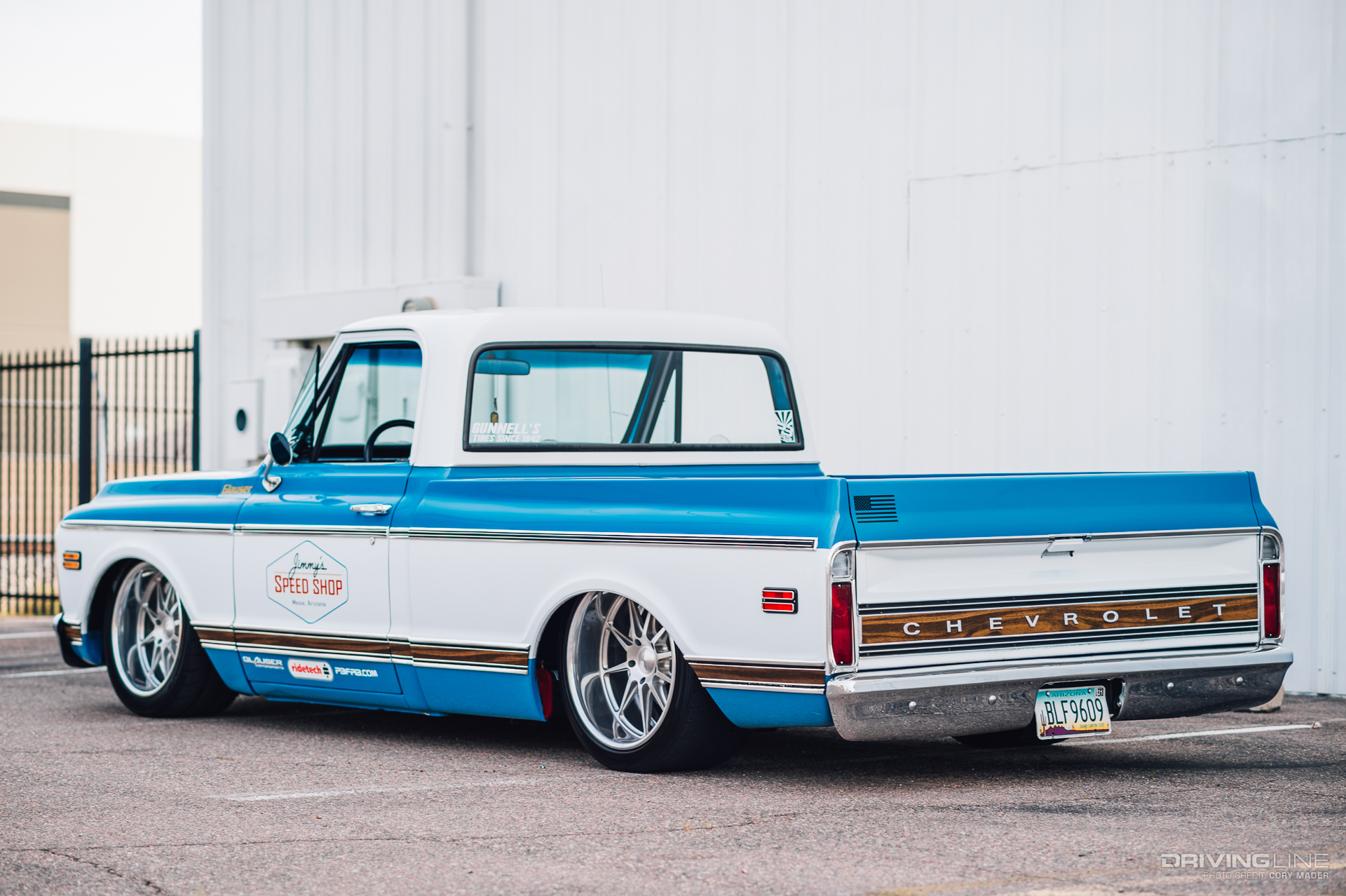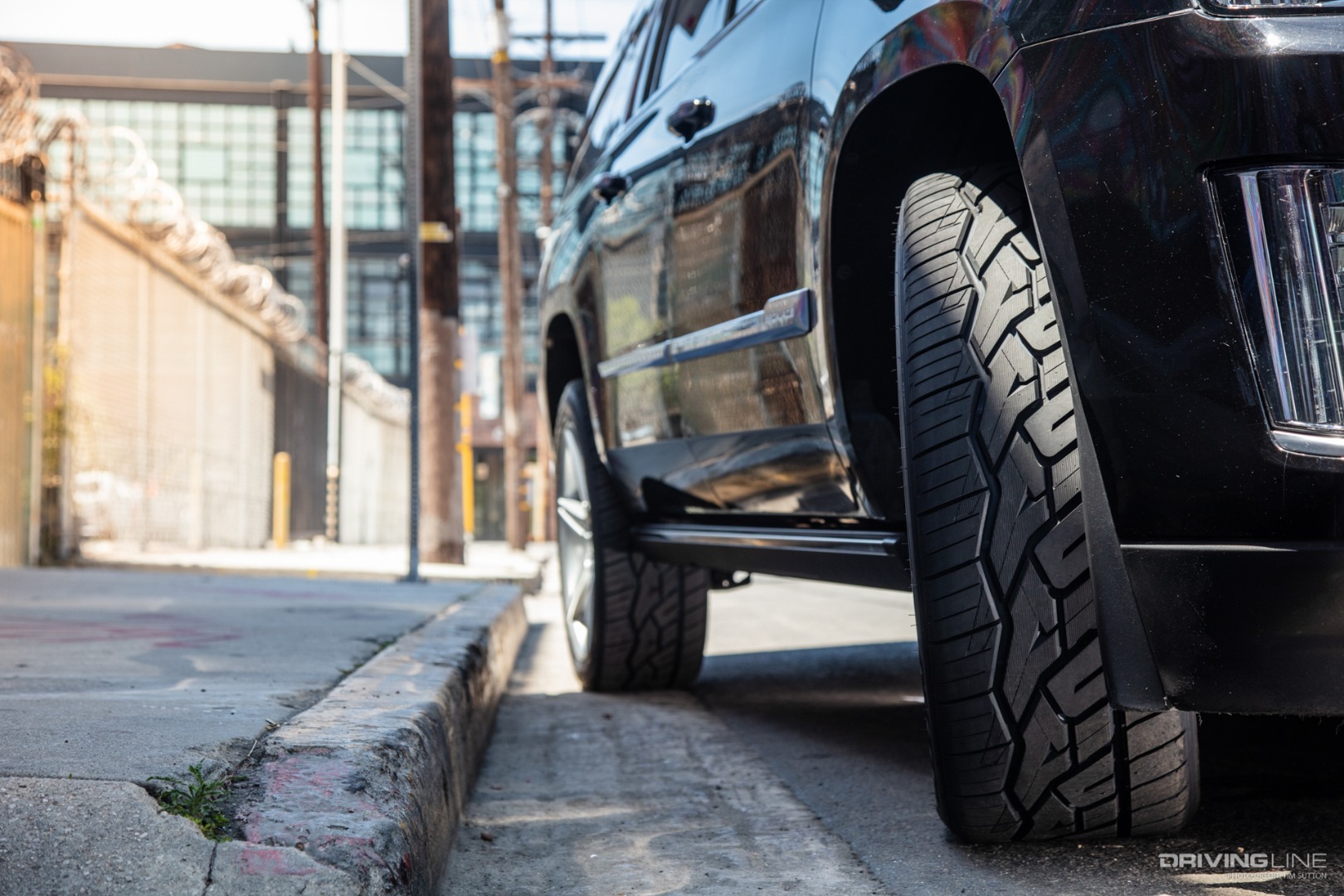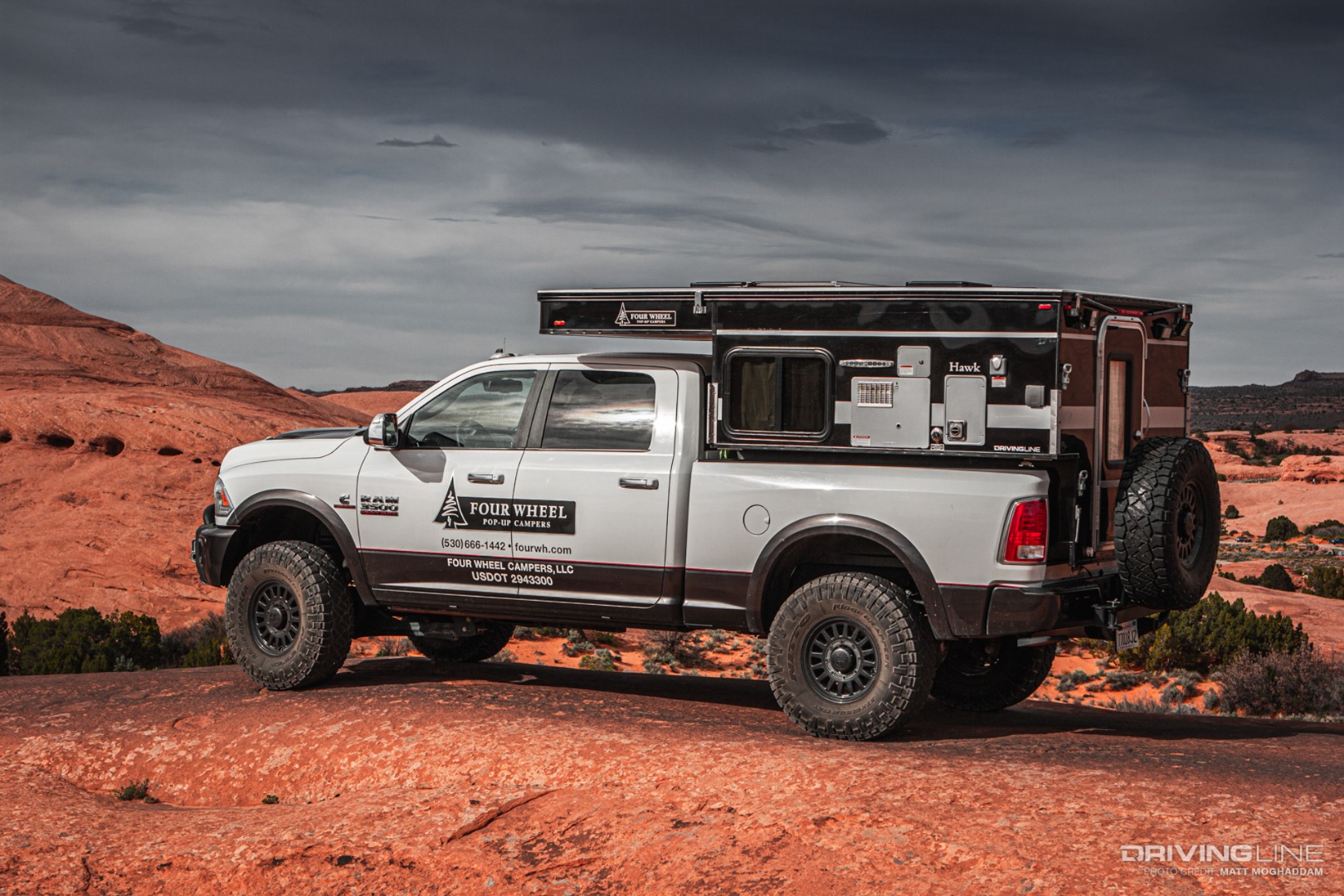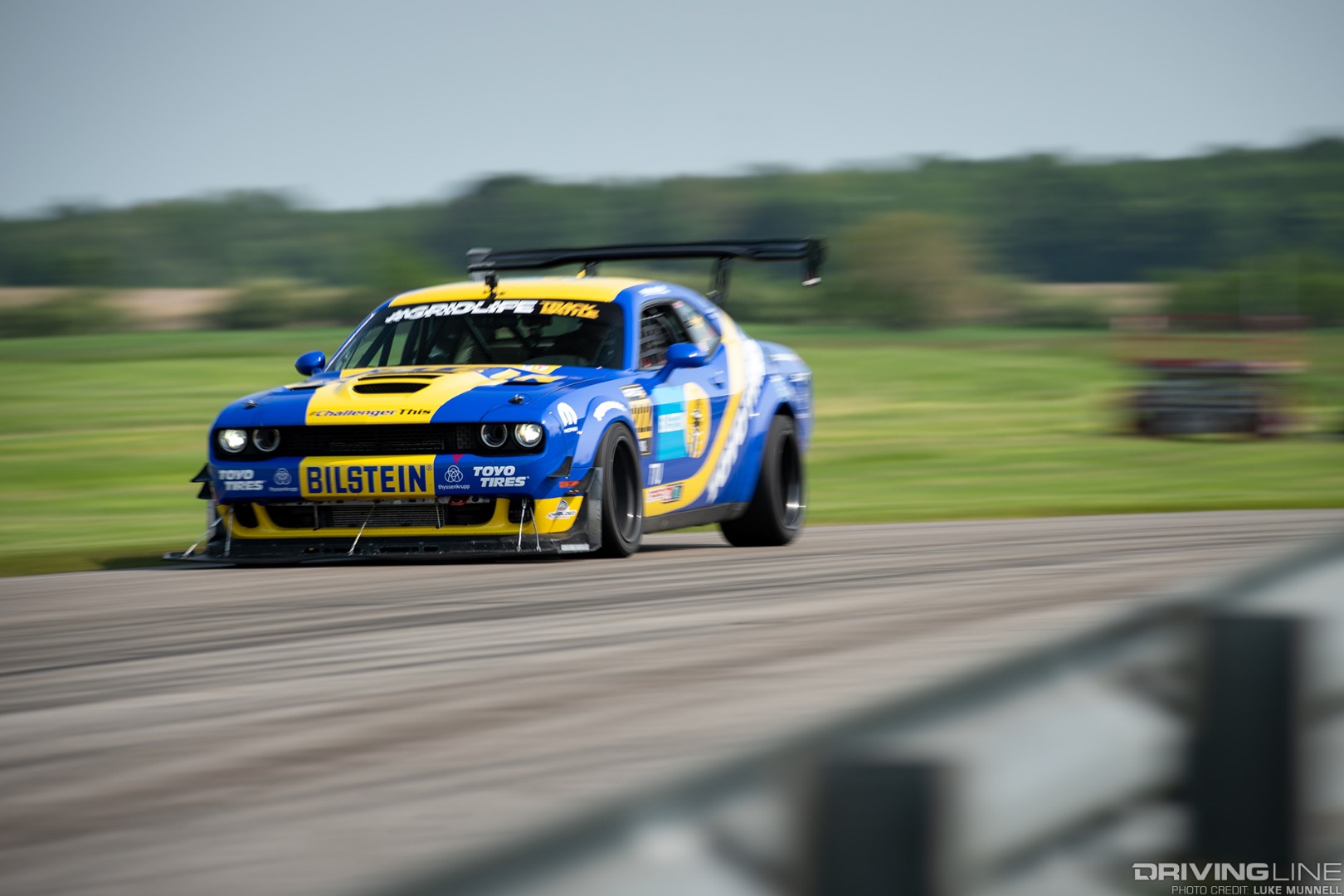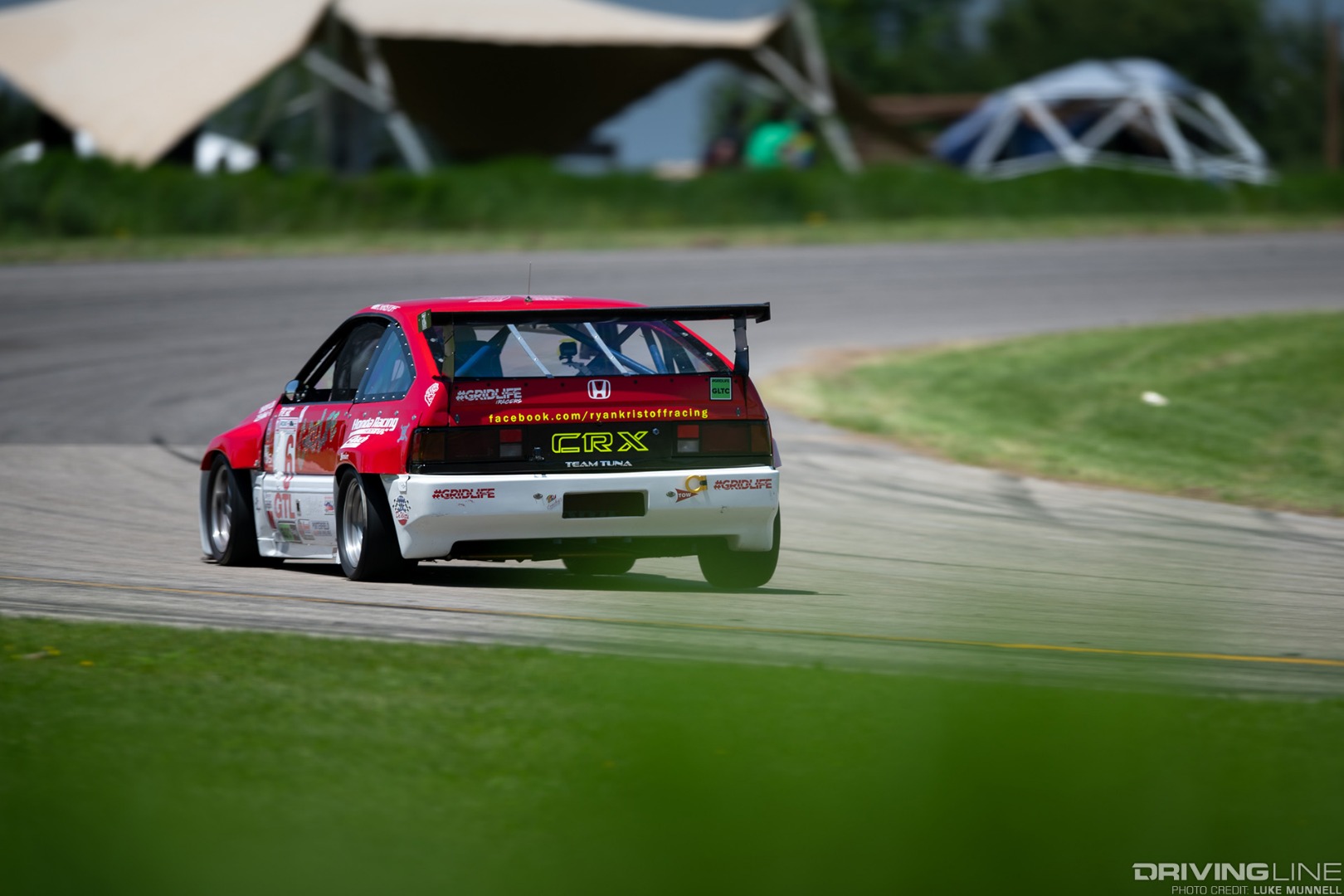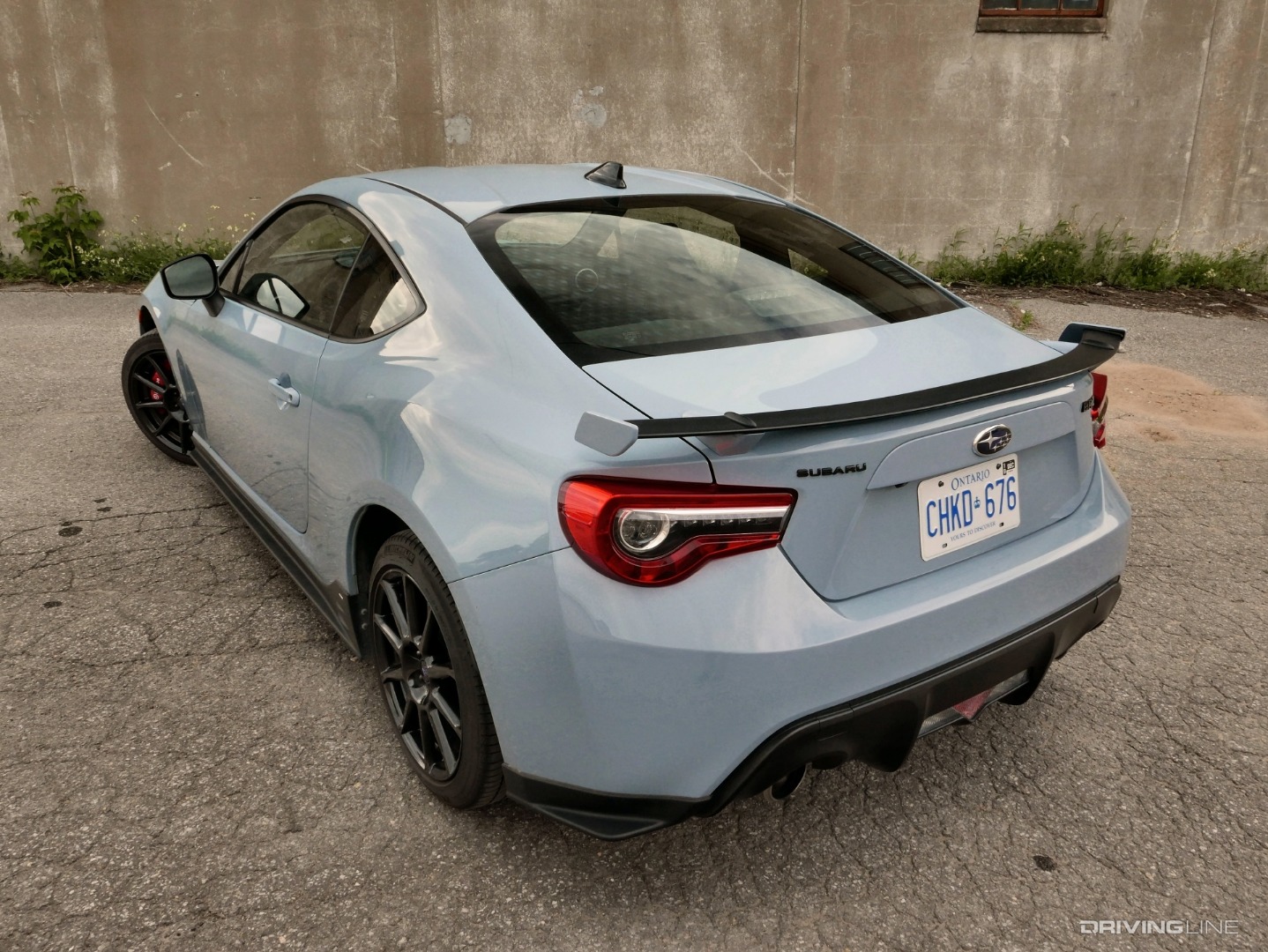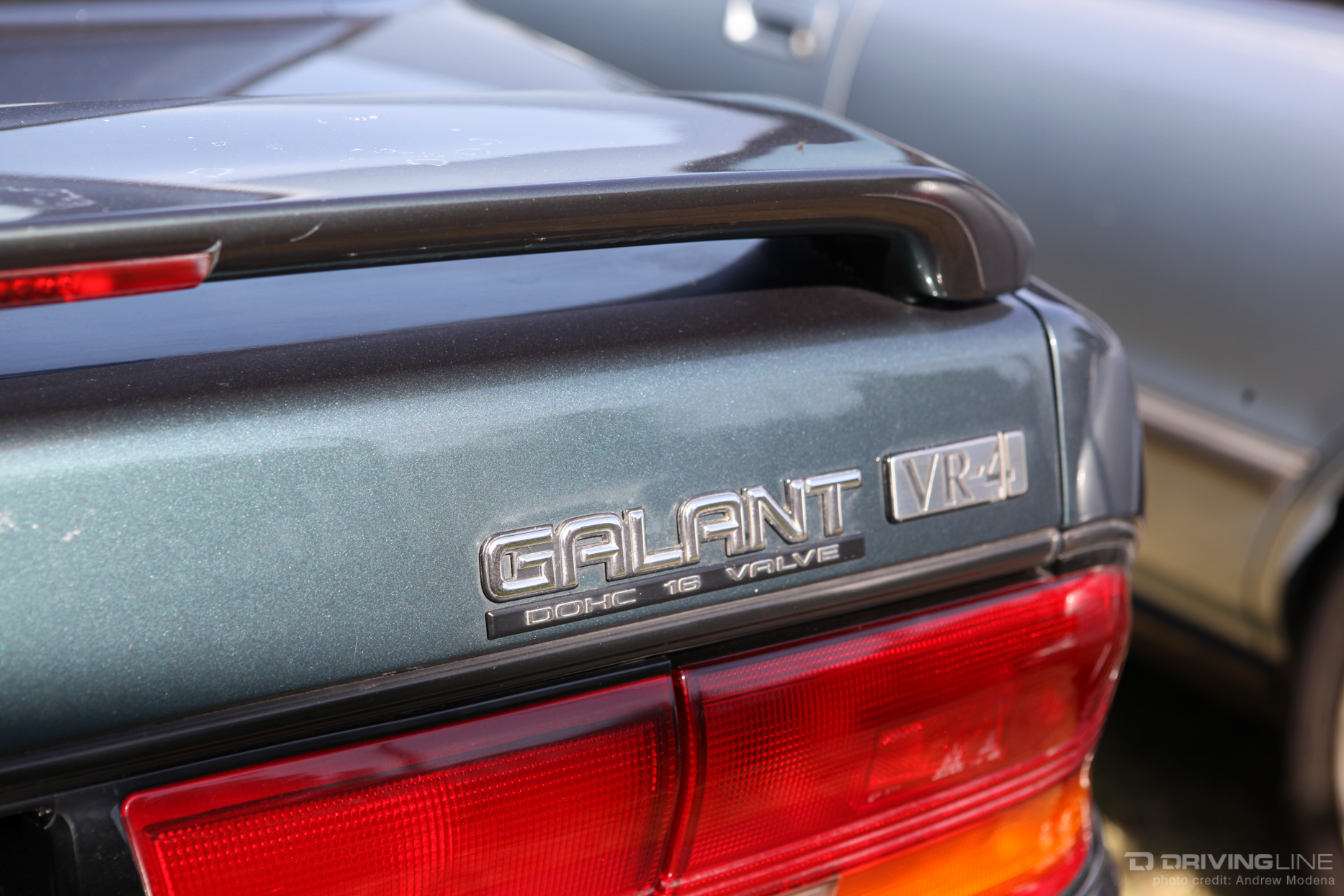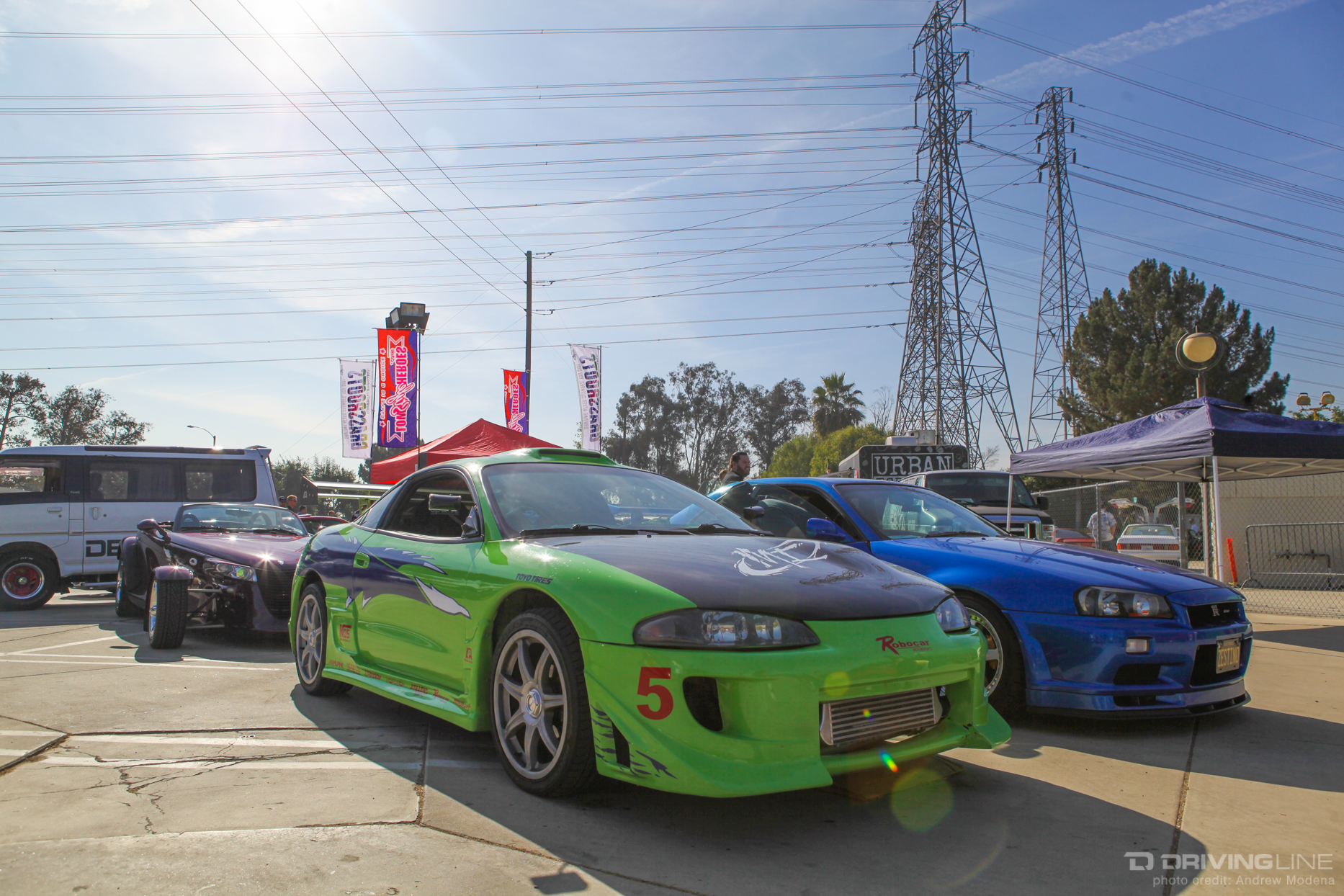Sometimes serious horsepower can be a drag. No, really: The faster a car accelerates, the more resistance pushes back from the mechanical force, which puts a damper on the driver reaching his or her next best track time. If you are craving more speed without having to mess with your engine or tune, aerodynamic experimentation might be for you.
There’s a science behind aerodynamics. The less drag there is, the faster a car can accelerate, but the consequence of less drag is the loss of valuable grip in the corners. Increasing the car’s ability to cut through air while at the same time creating negative lift (downforce) ups the traction, which heightens a car’s capability to handle more speed. Integrating aero parts such as front splitters, canards, rear diffusers and rear wings is how the most advanced race cars slice through the air and transform the otherwise resisting forces into downforce. Follow along as we take a deeper dive into seven of #GRIDLIFE's aero cars.
The Fastest in the Pack
Professional Awesome’s Mitsubishi Evo took first place overall during the #GRIDLIFE Midwest track battle. If you take just one look at this car, the combination of wide diffusers and angular aero screams "fast." The rear triple-element wing is from APR performance and the rest of the aero was developed in-house by Professional Awesome Racing. They built the underbody and rear diffuser from alumalite and the front splitter and large diffusers from plywood. Also on the car are custom titanium skids and Professional Awesome’s off-the-shelf fender vents. The team installed 728 lbs/in rated front springs and 840 lbs/in in the rear with a combination of bump stops to handle the aero load.
![Professional Awesome’s Mitsubishi Evo]()
It’s a Beast
Here's the funny thing about downforce: Too much could require more suspension upgrades, and after that, it may be tempting to add even more power. It's a vicious cycle. Somewhere underneath the Beastie Hatch’s outrageous aero is a Honda Civic. Its aero concept is based on the CFD-designed and real-world proven front and rear wings from Cody Loveland’s Enviate Hypercar program. A lot is going on here. Loveland, the owner of Affinity Aero, fabricated an entire carbon fiber aero package that, at first glance, includes a grass-trimming splitter, rear wing, side skirts and fenders with wheel well vents. A look underneath reveals a rear diffuser and belly pan that minimizes friction.
![Cody Loveland's Beastie Hatch]()
Loveland utilizes 1,450 lb rated springs in the front and 1,110 lb rated rear main springs paired with a tunable elastomeric bump stop spacer system to handle the downforce. A recent upgrade to RPS carbon brakes resulted in even stronger downforce-induced braking, which bent an upper control arm during his time on track at #GRIDLIFE Midwest. Loveland plans to add a second element to the rear wing to improve stabilization, and 2,200 lb rated springs are already on the way.
![Cody Loveland's Beastie Hatch]()
The Evolution of Aero
Michael Puglisi’s DMN Racing Mitsubishi Evo threw down some blistering times with its home-brewed aero kit. Puglisi took ideas from Voltex and the Tilton Evo and watched Kyle Engineer's Youtube videos to better understand what each piece does. He made the massive front splitter, side skirts and diffuser from 10 mm alumalite sheets. An off-the-shelf Kognition chassis-mounted wing covers the rear and is a part that is now near impossible to find. On the body is a mix of Voltex front fenders and APR racing 35 mm wide fenders.
![Michael Puglisi’s DMN Racing Mitsubishi Evo]()
Puglisi has learned a few tricks on how to test the functionality of the car’s aero. “As silly as this sounds, I've used a pressure washer because it makes a fine mist and you can see the vortices and how it acts on the car,” he explained. “We also use the yarn test and a camera to help us." After a recent test, he learned that the rear diffuser was angled too high. It either needs to be angled downward, or strakes need to be added. Puglisi expressed that the build, like most innovations, has been full of trial and error.
![Michael Puglisi’s DMN Racing Mitsubishi Evo]()
Get a Grip
James Houghton’s Acura has seen around 15 different aero configurations since late-2011. Today, the car is held steady by 2,700 lb of downforce. “We had to upgrade to K-Tuned K2 three-way shocks and made drastic changes to the spring rates to handle the amount of downforce,” he explained. Nearly doubling the original spring rates, the car now runs with 1,900 lb rated front springs and just over 1,200 lb in the rear.
![James Houghton’s Acura]()
Houghton worked with Professional Awesome Racing for the car’s original aero package and made most of the components with his team’s help. Much of what is on the car today was designed by Stim Tech and Spage Sport and built by Spage Sport. The aero is a combination of carbon, alumalite and aluminum, and the setup certainly changes how the car handles. "It's tough to trust the grip at high speeds," Houghton said. "The heavy amount of grip feels unnatural, but on the other hand, at low speeds, the high spring rates reduce the amount of mechanical grip, so I have to be mindful when taking corners." Houghton concluded that the trial and error never ends. The team will continue to improve the setup's efficiency.
The Time Attack World Record Breaker
Everyone should recognize William Au-Yeung’s Vibrant-sponsored PZtuning Honda Civic with its surrounding aero bits that go as far as to wrap underneath the vehicle and vent air through the trunk. Au-Yeung took a few moments in between Pikes Peak testing to give us an overview: “We don’t have any credible data regarding the amount of downforce our setup creates today, but the overall evolution of our Civic has been immense, from a debut lap time of 1:30.2 at Road Atlanta in 2015, to a 1:19.5 overall Time Attack record lap at the same track in 2018! "
In five years of competing, the car has seen four different types of splitters, starting with plywood, then a flat carbon splitter from Wasp Composites, and then a PZtuning 3D narrow spec splitter. “As we’ve developed the car over the years, we’ve spent a proportionate amount of time on the aero,” Au-Yeung said. The Civic is now equipped with an APR triple-element rear wing, but the rest of the aero was made in-house at the PZtuning shop in Canada. “Our splitter was made back in 2017, and although we’ve had ideas on how to improve it, the current one just seems to work great,” he exclaimed. He also mentioned that they did indeed have to increase the spring and bump stop rates with all that aero, but not as much as some might believe: “Having a compliant car for low-speed situations is still very important in the balance of things.”
![William Au-Yeung’s Vibrant-sponsored PZtuning Honda Civic]()
“Our whole program is more or less trial and error—we don’t use any real CFD in any of our aero, and the car has never been to a wind tunnel. Just good ol’ research and execution has been our primary focus. Some might think you just buy all the aero you can and magically set lap records, but it doesn’t always work out that way.”
He made a recent discovery after testing at Pikes Peak last weekend. “I’ve learned that the high elevation really affects overall downforce of the car, as there’s less air density at altitude,” he said. Despite the difference in air density, he confirmed that the car’s balance is still on par, and he doesn’t see any drastic aero changes in the near future.
Mechanical Advantage in Aero
Grant Walker’s Mechanical Advantage Miata wasn’t always an aerocentric time-attack car. It began life as a daily driver until autocross became a gateway to high-performance road course racing. At around the same time that the Mechanical Advantage team tore it down and swapped a K24 engine under the hood, Walker was admiring the amplified aero modifications on other time-attack cars. “During the transformation, with all these thoughts of crazy aero cars in our head, we got some material and grabbed an angle grinder and started doing what we do best,” he said. “Trying to implement new things and make it ourselves is one of the drivers for this team.”
![Mechanical Advantage Racing Miata]()
The team noticed the car’s enhanced performance as more aero was added, but more tweaks are still being made. Last year, Walker raced with a large front splitter and a smaller rear wing, but the setup was unbalanced despite suspension adjustments. In came more aero for 2019: Mechanical Advantage Racing took to designing and building a larger custom rear wing. The new MAR foam core, carbon fiber dual-element wing resolved the issue by shifting the downforce rearward, but now the team is tuning out a resulting understeer condition caused by the new weight transfer.“The car’s handling gets better and better as we continuously tune it,” Walker said. “The wing upgradeimpacted the car’s handling dramatically.”
The downforce was so effective, in fact, that if it weren't for the addition of a Borg Warner EFR 7163 turbo, the team’s top speed numbers would have dropped due to the additional drag, but the new combination increased the speed.
![Mechanical Advantage Racing Miata]()
In addition to the added power and aero, Mechanical Advantage also adjusted the springs on their Fortune Auto Coilovers. In ideal conditions, the rear wing can make up to 1,400 lb of downforce at 150 mph. With its current setup and in real life conditions it is estimated to make around 1000 lb of downforce. Walker reported that the team may need to implement bump stops in the near future.
Mechanical Advantage Racing followed the general rules of thumb for DIY aero and hand-made the remaining aero components from 1/4-inch and 1/2-inch alumacore with aluminum support structures. They are working on getting the car programmed into 3D modeling software to run simulations and make calculated improvements. The ultimate goal is to create a predictable, balanced car. The team is chasing a 50/50 aero balance with the possibility of a tad more downforce in the rear.
Finding the Balance
After racing her built NB Mazda mostly aero-free for several years while she focused on performance, Darby Barber caught the aero bug and installed a mild set up. It includes a 66-inch Nine Lives Racing wing deck, R Theory Motorsports mounts, and wing endplates, side skirts, a splitter and canards that she made herself. “Right now, I’m finding the right balance between the rear wing and front splitter,” she explained. “It's a lot easier to make rear downforce compared to the front, but if you have too much wing, it'll cause the car to understeer on high-speed corners.” After minor adjustments to the wing’s angle, she found the car’s balance. “The car is planted, and I can take the corners a lot faster. My time without aero during The Speed Ring at the M1 concourse with no aero was a 1:16, which improved to a 1:13.9. That's more than a two-second improvement on a very short course."
![Darby Barber Time attack Miata]()
If you want to stay grounded for a little longer, click through the photo gallery to see more aero cars from #GRIDLIFE Midwest.
Still not convinced that #GRIDLIFE is the coolest thing in motorsports? Read our recap of last year's event!



